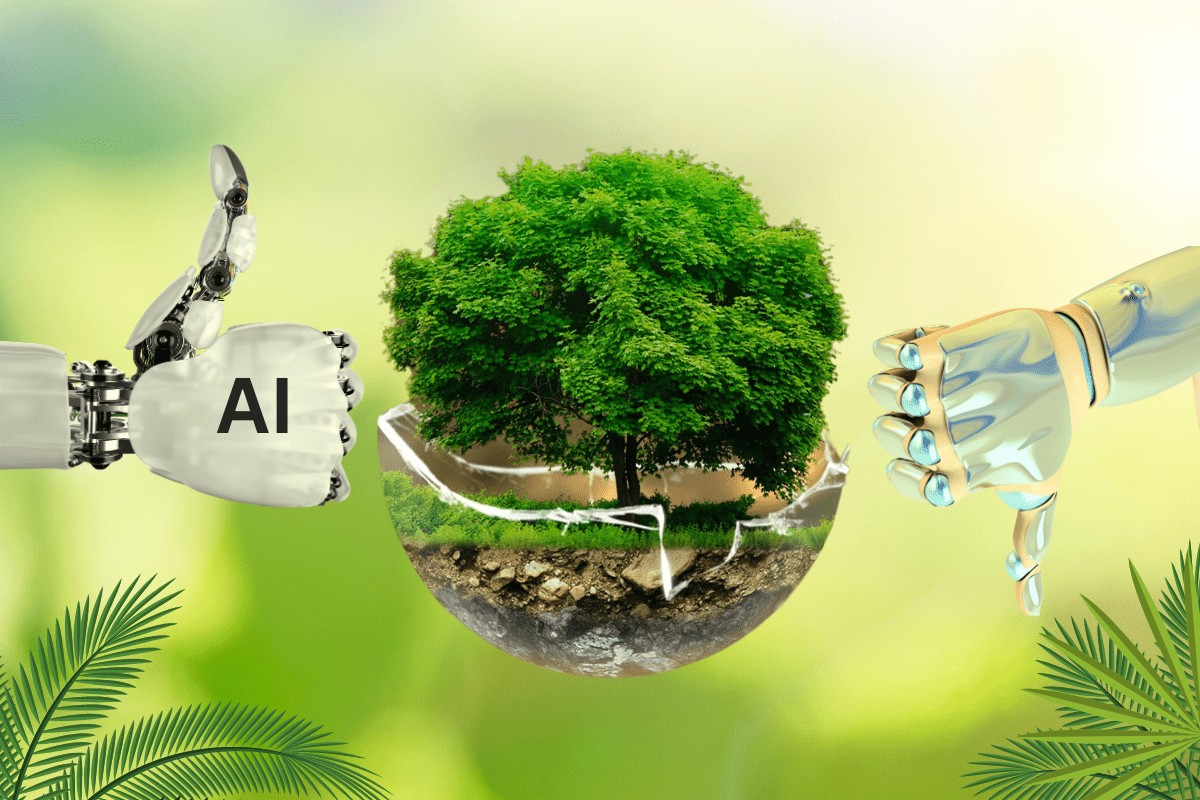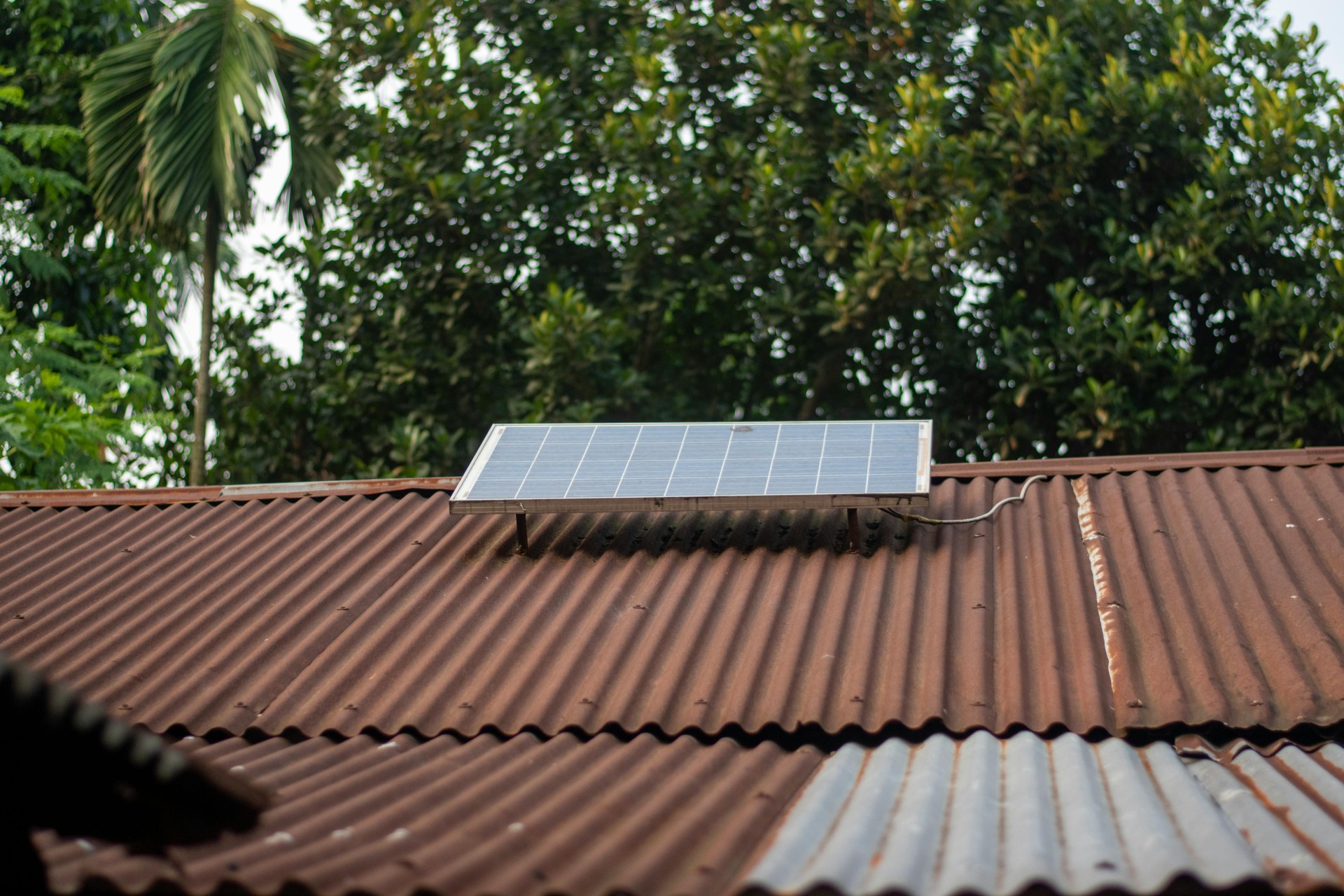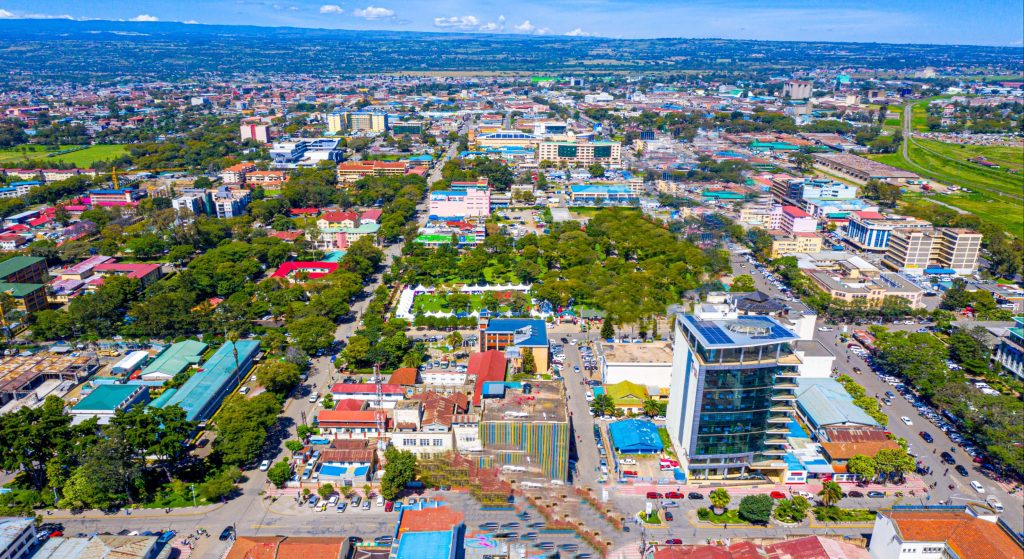- As the world explores new frontiers in climate innovation, Artificial Intelligence (AI) has emerged as a focal point
- At the recent AI for Good Summit in Geneva, the message was clear: AI could be a powerful ally in accelerating climate action, particularly in regions most vulnerable to climate impacts.
As the world explores new frontiers in climate innovation, Artificial Intelligence (AI) has emerged as a focal point — not just for its technological allure, but for its potential to reshape how countries, communities, and institutions respond to a rapidly changing environment.
At the recent AI for Good Summit in Geneva on Friday, July 11, 2025, the message was clear: AI could be a powerful ally in accelerating climate action, particularly in regions most vulnerable to climate impacts. Yet, while this message carries hope, it also calls for a closer look at what it will take to make that potential meaningful and accessible.
Developing countries — many of which face the dual pressures of climate vulnerability and limited digital capacity — are at the center of this conversation. The promise of AI to forecast extreme weather events, manage energy distribution, or support biodiversity protection is especially relevant here.
However, beneath the excitement lies a more complex question: what does it really take for AI to work in contexts where internet access is inconsistent, computing power is limited, and data systems are still in development?
The recent technical paper released by the UNFCCC’s Technology Executive Committee offers some direction. It highlights the need to bridge digital infrastructure gaps, improve access to climate data, and invest in inclusive AI governance.
Read More
These aren’t just checkboxes for implementation; they speak to the broader architecture required for any form of AI-supported climate strategy to function effectively in the Global South.
But the conversation must go deeper than infrastructure. We also need to understand how AI intersects with existing local systems — socially, culturally, and economically. For instance, how do we ensure that AI tools built to optimize land use planning also respect traditional land rights or community-led conservation efforts?
How do we design early warning systems that not only predict disasters but communicate in languages and formats that people actually use?
There is also the issue of resource consumption. While AI is often pitched as a green solution, its backend — including energy-intensive data centers and the vast computational power required to train models — raises new sustainability questions.
For developing countries already under pressure to balance growth with environmental stewardship, this paradox cannot be overlooked.
Still, there is reason to remain optimistic. Some of the recommendations from the UNFCCC — such as fostering collaboration between governments, academia, and local actors — point toward a more inclusive and grounded approach.
Empowering communities to not only use but also shape AI technologies will be key to avoiding the trap of external solutions that don't fit local realities.
The path forward is not about rejecting AI or overhyping it. It’s about being honest about the conditions under which it can truly serve climate resilience in developing nations.
That means investing in people as much as in platforms, prioritizing equity in design, and ensuring that digital progress doesn’t unintentionally deepen the very vulnerabilities we aim to solve.
As climate challenges grow more urgent, so must our willingness to rethink how technology fits into the broader puzzle. AI can be part of the solution — but only if we build the groundwork thoughtfully, inclusively, and with a firm understanding that innovation must meet people where they are, not just where we hope they’ll be.







